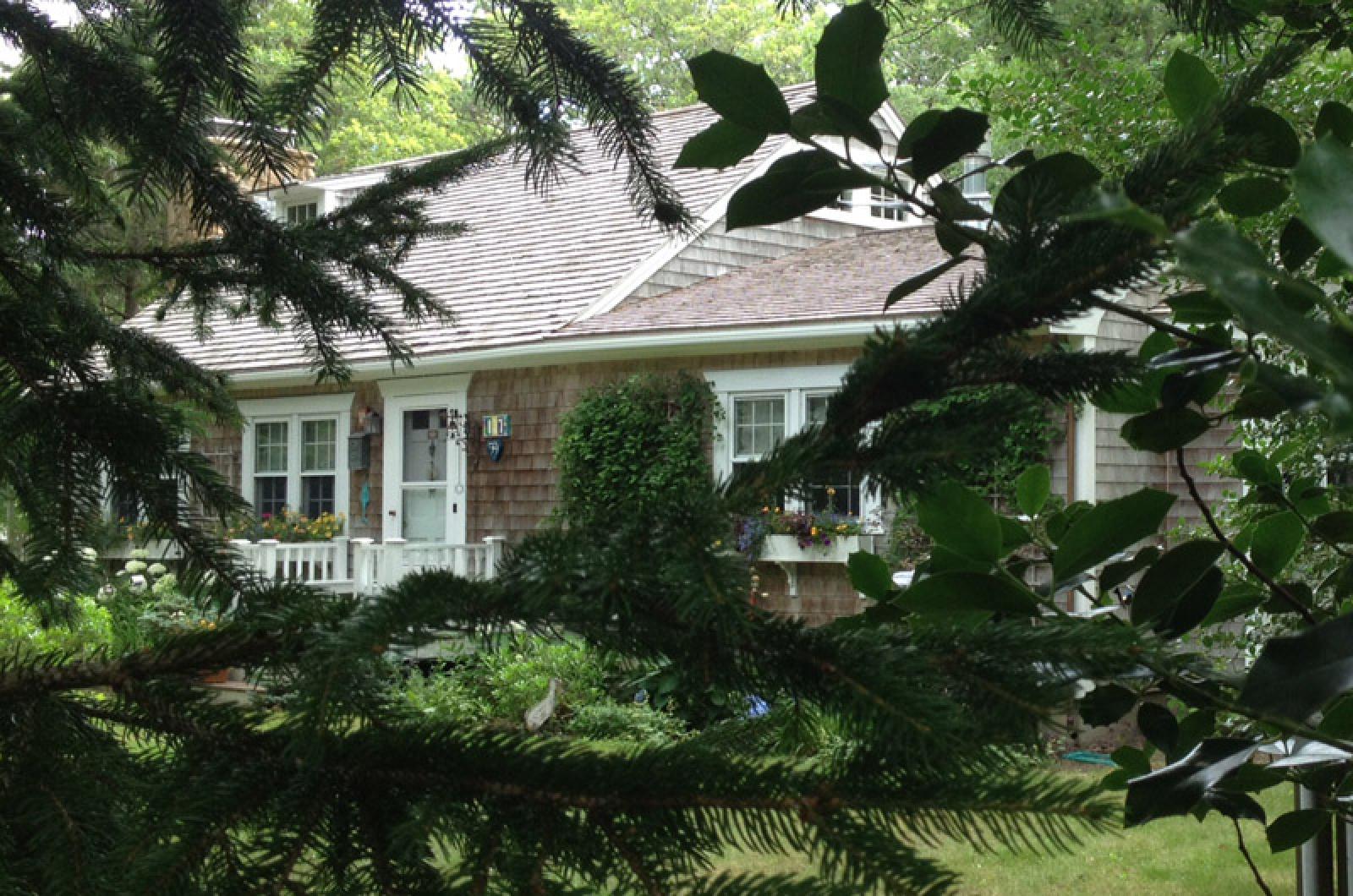Books where houses play a major role are often popular. Who can forget Manderly, Tara, The Professor’s House or Howard’s End. People take trips to look for them even though they often were figments of the author’s imagination. I sometimes look at the McClung house on Murray Hill avenue in Pittsburgh, thinking it must be The Professor’s House because Willa Cather lived there.
Others go to Atlanta and expect to see the “real” Tara, which only existed on the back lot of a movie set. Wouldn’t we all like to rent Howard’s End for a week or two? I am not sure about Manderly.
Well, Susan Branch has written a new book, Martha’s Vineyard, Isle of Dreams, about her first house on the Vineyard on Lambert’s Cove Road. It is a romantic story about finding the house while going to look for a rental, and instead buying a neglected, tiny house, eventually adding another room and finding a new life.
The house is an unassuming little cape, built in 1958 by Agnes Butler, the woman from whom Ms. Branch bought it. Agnes must have been related to Allan C. Butler, the developer of the Chappaquonsett subdivisions. Ms. Branch illustrates the book in her usual charming way with her drawings and photos, including some of Agnes herself and her little baby shoes and lock of baby hair, all of which Ms. Branch found in the house. Agnes was a nurse at the hospital and her father, Ethan Butler, was a surgeon in Ithaca, N.Y. Agnes’s interest in medicine explains why she left her estate to the Martha’s Vineyard Hospital, which sold the property by a license from the probate court to Susan Stewart Branch. The house had been neglected for quite a while, and from its condition I figured that Agnes was very, very old. But she was only 64 when she died. Her death certificate at the town hall reveals why the house was in such sad condition: Agnes had ALS, Lou Gehrig’s Disease.
The left over books and little treasures that Ms. Branch found were probably comforts for Agnes as long as she could stay at home. Her will spends quite a bit of time delineating how the money from the sale was to be spent — the majority of it for physical therapy options.
No wonder.




Comments (3)
Comments
Comment policy »